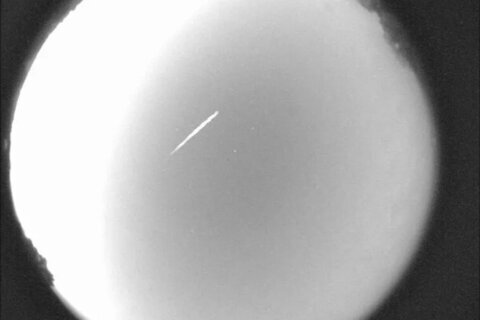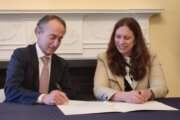WASHINGTON — The future has arrived. We already have 3-D bioprinters that can print tissue. Now the goal is to someday print organs.
“There’s a real problem with an organ shortage for patients who need transplants,” says Shayn Peirce-Cottler, associate professor at the University of Virginia’s Department of Biomedical Engineering. The school just acquired two state-of-the-art, high-end, three dimensional bioprinters.
“Bioprinters are essentially like the ink jet printer you might have in your home office except they’re capable of printing cells into tissue,” she says.
There are only four such Swiss-made printers in the U.S.
Now that U. Va. has the printers, she says they’re focusing on printing thicker tissue that has a blood supply.
It’s a huge challenge but once they figure it out, possibly 20 years down the road, they could be fabricating artificial organs and organ shortages could be a thing of the past.
She says bioprinting has been around for about five or six years. And in some parts of the world she says you can have custom-ordered bone printed.
“There are places patients can go to and get individualized bone printed that’s unique to their anatomy and physiology,” says Peirce-Cottler.
She says the neat thing about 3-D printers is the shape of the construct that’s printed can be very specific. She says you can take an MRI of a patient’s skull. If the person needs to have a piece of skull repaired, you could actually print the perfect shape to be transplanted into that defect. This would optimize the healing process.







